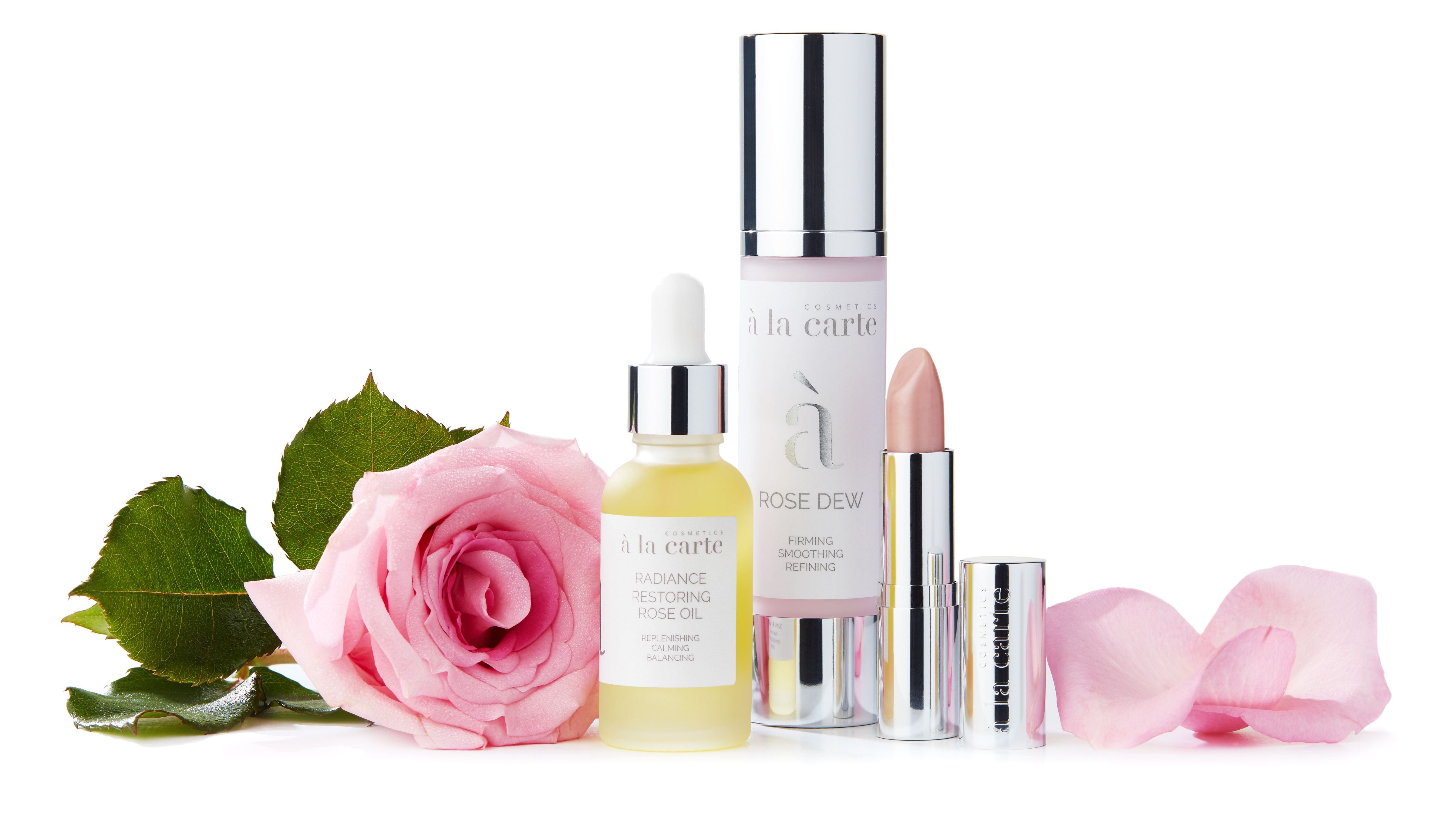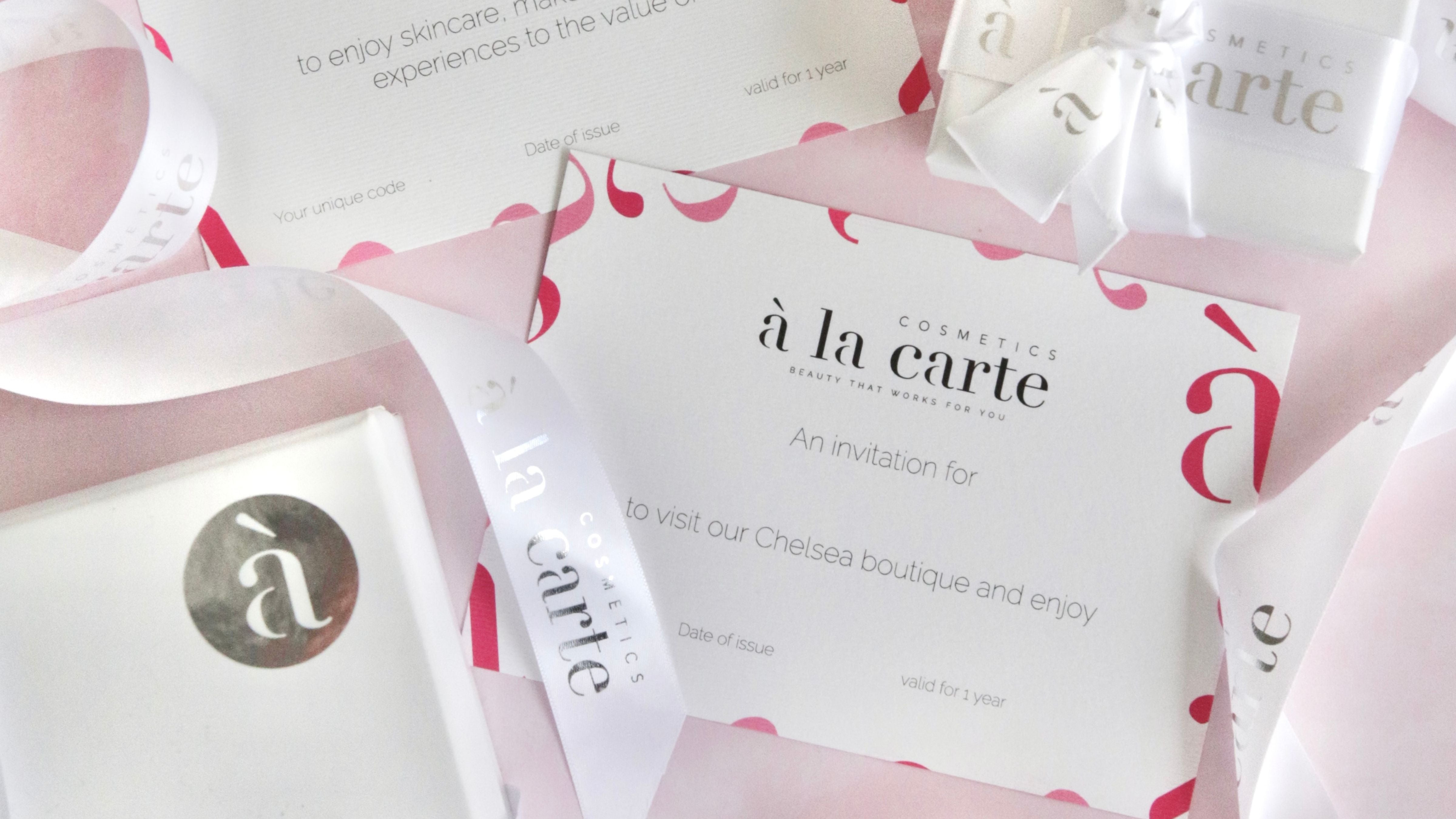Ingredients Glossary
Find out more about the natural oils, active molecules, botanical extracts, vitamins, minerals and polymers that go into our skincare and makeup.

Acerola Cherry

Cocoa Butter

Triglycerides

Silica

Echinacea

Coconut Oil

Candelilla Wax

Kaolin Clay

Rose Hip Oil

Shea Butter

Corn Starch

Castor Oil

Hyaluronic Acid

Olive Squalane

Carnauba Wax

Aloe Vera

Vitamin C

Witch Hazel

Grapeseed Oil

Camellia Oil

Lanolin

Rose Otto

Glycerin

Prickly Pear Seed Oil

Sodium Lactate

Beeswax

Jojoba

Titanium Dioxide

Vitamin E

Citric Acid

Ceramides

Oat Prebiotic

Spilanthes Extract

Peptides

Micro-Milled Pigments

Waterproofing Polymers

Skin-Perfecting Smoothers

Carbonates

Emollients

Iron Oxides

Mica

Montmorillonite & Hectorite

Green Tea Extract

Evodia Rutaecarpa

Antarctic Exopolymers

Geranylgeranone

Niacinamide



















